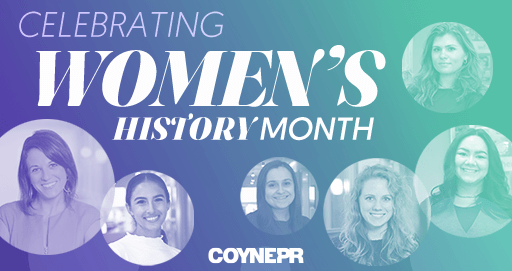Much has been written lauding the all-powerful, magical experience of the insight. It’s epiphanic! It’s life-altering! It means the proposal will soon be done! It’s one of the most elusive, but most fulfilling aspects of the creative process.
For me, it’s also the most fascinating part of the creative process, perhaps due to its seemingly magical presence. The insight can be fed, but can’t be predicted; you can nurture it, but you can’t schedule it. (try putting that on a meeting invite.) For most, the epiphany of an insight – the so-called a-ha moment – sparks, many times, out of nowhere.
Or so we thought.
Cognitive neuroscientists are beginning to zero in on how the brain manufactures an insight within the creative process, and where the epicenter of insight resides.
Feeding an Insight: The Left Brain/Right Brain Fallacy
When it comes to the creative process, there’s the information input, commonly viewed as a left-brain function, processing facts, figures and logic; and the creative output, commonly viewed as a right brain function of imagination, intuition and other “creative” processes. And somewhere along the path between the two, an insight magically springs forth.
The way that many people approach developing an idea is very linear and sequential. Many people even call it the Creative “Process.” You do a bunch of research, read a bunch of facts and figures, immerse yourself in the “brand brief” and review all the market data. Then you go into a brainstorm and – presto! Creative insight.
However, arriving at the a-ha moment, and the resulting creative output, is less an assembly line and more a mishegoss of neural activity that is not at all confined to the timeframe of the proposal or pitch.
In their new book The Runaway Species: How Human Creativity Remakes the World, authors Anthony Brandt and David Eagleman point out that “Neurons connect promiscuously, such that no brain region works alone. Creativity is a whole brain experience.” The stimuli that fuel the insight is multi-sensory – visual, auditory, gustation, olfaction and somatosensation. In other words, it’s less assembly line and more creative chaos.
Must be one heck of a neural party going on.
And there’s one contributor to the insight that often times goes unrecognized: memory. “Creativity is memory,” claims Art Markman, Ph.D., Professor of Psychology and Marketing at the University of Texas at Austin and founding director of the program in the Human Dimensions of Organizations.
“Often, when people are asked to be creative, they assume that they have to engage some new cognitive process that allows them to generate new ideas.” Creativity is driven by memory. That means that for any given creativity task, it is crucial to tap into memories that will help you to perform the task. Those memories are fed largely by your life experiences, much of which probably occurs outside the structure of your job title and function.
A Bit About Bits
And while we may try to will an insight consciously, it’s not just the conscious brain that’s involved; the subconscious is actually doing much of the heavy lifting.
Consider this: the human brain is capable of processing information at a rate of about 10 million to 12 million bits per second. The conscious part of the brain – the part you’d think of as your mind – processes only 50 bits per second. That means the vast majority of what the brain does – 99.9995% – happens under the radar. The minions are working behind the scenes to take in stimuli and memories from all over the brain, put things together, break them apart and make connections.
So, the fuel for the insight – multisensory experiences, memory — is a critical factor; and the subconscious does yeoman’s work behind the scenes. Somewhere in that chaotic neural environment an insight magically appears, right?
Perhaps not quite.
Where the Magic Happens
Researchers at The Creative Brain Lab, a cognitive neuroscience lab at Northwestern University, are on the path to determining from which part of the brain springs insight.
They conducted a series of behavioral and neuroimaging experiments challenging participants to solve a series of word problems, and recorded brain activity using functional MRI or electroencephalography (EEG). They found that, when participants struck their insight, a specific area of the brain – the anterior Superior Temporal Gyrus of the right hemisphere – lit up. The Superior Temporal Gyrus is involved in the perception of emotions in facial stimuli, auditory processing, comprehension of language, and an important structure in the pathway consisting of the amygdala and prefrontal cortex, which are all involved in social cognition processes.
All this is to say that the magical and mythical insight might not be so magical and mythical after all. As the study of creative cognition continues to expand, it will be fascinating to see how scientists proceed with unlocking the brain’s biophysical mechanisms as part of the creative process, and possibly even coming up with ways to affect the insight epicenter. Imagine one day being able to, quite literally, flip an insight switch in your brain.
A way off, for sure. For now, I’ll just continue to nerd out on how the brain works; and I’ll let my neurons continue playing the field.
Read more blog posts from Coyne PR on Our Two Cents




